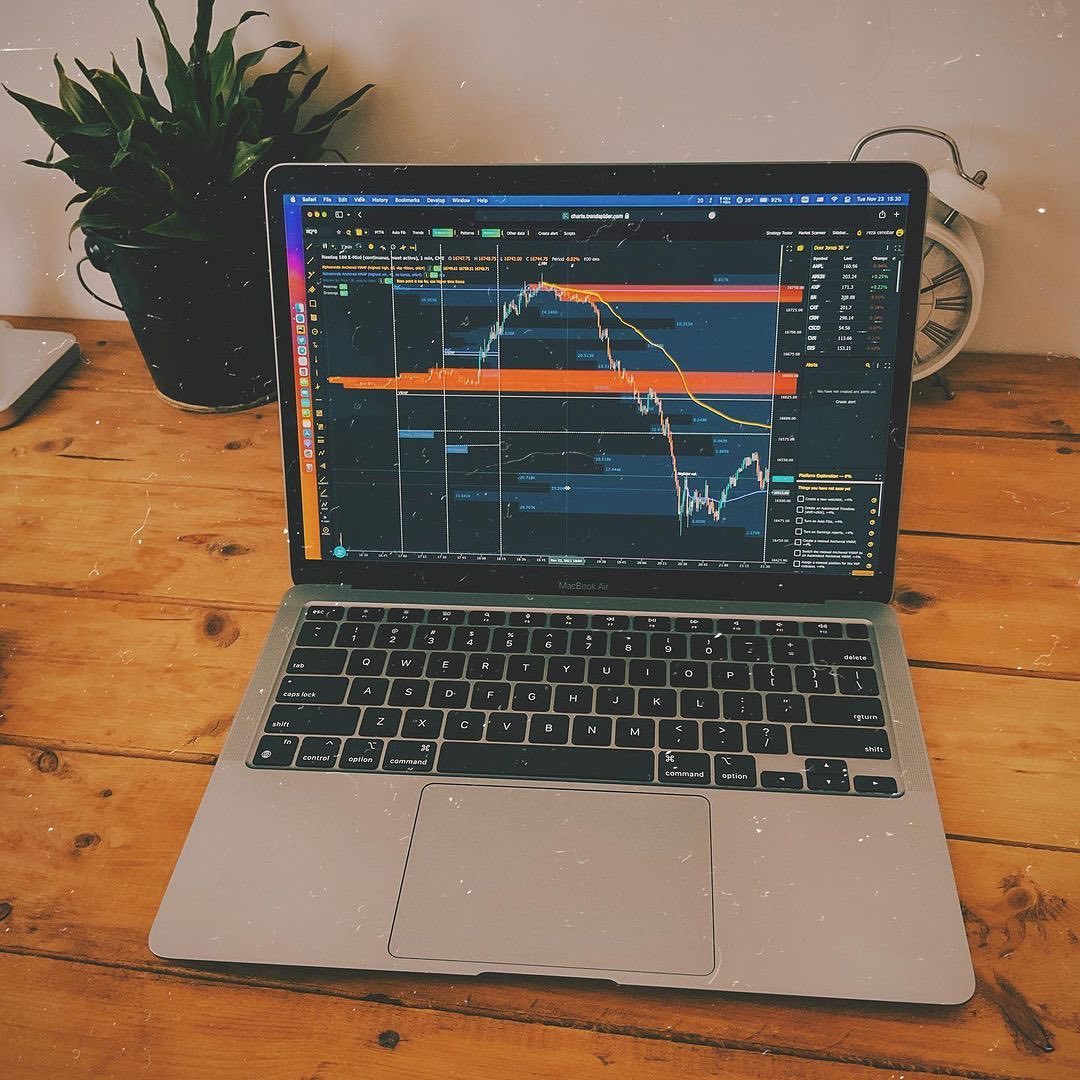Course
Discover a world of opportunities in the ever-evolving landscape of cryptocurrency trading.
WHAT I DO
I provide comprehensive education focusing on essential concepts, risk management strategies, and best practices that many traders often overlook. I firmly believe in empowering traders and investors with the right knowledge to succeed. My trading sessions are designed around a supportive network and a collaborative community, allowing you to work at a pace that suits your schedule. With an impressive success rate of 85-95%, my trading signals consistently generate profits for my subscribers. Delivered in real-time, my signals cover the most popular cryptocurrency pairs, offering an unparalleled solution for interpreting and understanding crypto trading signals effectively.
Best Expertise
WHY SUBSCRIBE TO MY COURSE ?
I offer a diverse range of trading options to ensure a top-notch trading experience, effective strategies to guide you throughout your trading journey, and exceptional customer support with prompt responses to any inquiries. My continuous goal is to enhance my course and develop a dynamic platform that caters to your every need.
Daily Signals
0%
Daily Signals
0%
Technical Support
0%

Prioritizing your trust, I value the success of collaborative efforts over individual ambitions. My crypto signals comprise trading suggestions from seasoned traders, advising when to buy or sell a specific cryptocurrency at a given price or time. These signals stem from various factors such as news, technical analysis, and prevailing market conditions, paving the way for significant returns and refined trading strategies.
How Crypto Signals Work
Crypto signals fundamentally provide you with timely trading recommendations, ensuring that you don’t miss out on potential trading opportunities. Each signal shared contains crucial data that instructs you on how to capitalize on my suggestions by executing the appropriate orders on a cryptocurrency trading platform. Top-notch crypto signals include essential details such as limit, stop-loss, and take-profit order prices. If you’re unfamiliar with these critical trading concepts, it’s advisable to gain a solid grasp of their meanings before proceeding.
What Should The Best Crypto Trading Signals Look Like?
Here’s a breakdown of what the best crypto signals should look like – and what each term means.
This one is pretty explanatory. After all, it goes without saying that you will need to know which pair my signal relates to. We should note that my team of crypto analyst specialize in a wide range of cryptocurrency markets. Not only does this include crypto-to-fiat, but crypto-to-crypto pairs, too. For those unaware, a crypto-to-fiat pair will contain one digital currency like Bitcoin and one fiat currency like the US dollar. In this example, the pair would be represented as BTC/USD. Incidentally, this is the most traded cryptocurrency pair in the industry – with billions of dollars changing hands each and every day. With this in mind, many of the crypto signals that you receive from me will center on this market. However, my students are also well-versed in trading a variety of crypto-to-crypto pairs. This includes the likes of BTC/ETH – meaning we are trading the exchange rate between Bitcoin and Ethereum. Another crypto pair that I like to trade is ETH/USDT. This consists of Ethereum and Tether and it presents plenty of crypto signal opportunities due to its overly volatile characteristics.
An additional key metric that is mandatory in the crypto signals space is the direction of the market. In other words, should you go long or short on the trade? Without this information, the crypto signal would be worthless. For those unaware: If my crypto signal tells you to go long, this means that I think the pair will increase in value If my crypto signal tells you to go short, this means that I think the pair will decrease in value To further clarify: If the crypto signal does instruct you to go long, then you need to place a buy order at your chosen crypto broker If, however, the crypto signal tells you to go short, then you instead need to opt for a sell order. Crucially, there is no emotional attachment to the respective digital currency that we trade. Instead, our main objective is to make a profit from the position.
Make no mistake about it – the best crypto signals will always come with the required limit order price. If you are new to trading, you generally have two options when it comes to entering the market. By default, most online brokers ask you if you want to place a ‘market order’. This simply means that the broker will execute your trade instantly – at the next available price. Although this is fine for long-term investments, it’s not really suitable for short-term crypto trading. This is because it’s a lot more risk-averse to enter a trade at a specific price – as per the underlying research that has been performed. For example, let’s suppose that we are trading BTC/USD – which is currently priced at $49,500. I might look and the technical analysis and decide that should BTC/USD breach $50,000 – then a long position should be taken. To ensure we only enter at a price above $50,000 – and not the current price of $49,500 – this is where a limit order comes in. In other words, in order to have our trade executed at $50,000 – we must create a limit order at this price. When we do, the broker will only execute our trade if and when BTC/USD hits $50,000. Until then, the limit order remains pending. In all but a few rare cases, all of the crypto signals will come with a suggested limit order price. The only exception here is if we spot a trading opportunity that needs to be actioned immediately to avoid missing out.
So far, we have established that the best crypto signals will tell you what pair to trade, whether you should go long or short, and what entry price you should set your limit order at. However, this is only half the battle. After all, in order to trade in a risk-averse manner, you should have an entry strategy in place. So far, we have established that the best crypto signals will tell you what pair to trade, whether you should go long or short, and what entry price you should set your limit order at. However, this is only half the battle. After all, in order to trade in a risk-averse manner, you should have an entry strategy in place. Once again, my team ensure that you have all of the information you need to profit from each crypto signals – which is why we always provide stop-loss and take-profit orders. Regarding stop-losses, this is a risk management tool that ensures we do not lose too much money on a trade – should it not go to plan. This is important, as although we have a long-standing track record of out-performing the crypto market – we do not claim to win each and every trade. On the contrary, there will always be losing trades. With this in mind, we suggest a suitable stop-loss order price that you should deploy when acting on our crypto signals. In the crypto signal example, we gave earlier, we noted that a long position should be placed on BTC/USD at an entry price of $231.79. We also stated that the stop-loss order should be placed at $229.48. This is for good reason – as this represents a maximum loss of 1%. That is to say, should BTC/USD go against us by 1% and subsequently hit a price of $229.48 – the stop-loss order will kick in. When it does, the crypto broker will automatically close the position for us and we will walk away with a small loss of 1%.
There is one more important piece of information that the best crypto signals will provide you – and that’s a suggested take-profit order price. This works the same as a stop-loss order, but instead of mitigating our risks, it will seek to lock in our profits from the trade. In the example we gave earlier, we noted that the suggested take-profit order price is $238.74. This sits at 3% above the suggested limit order price of $231.79 – meaning that we seek to make gains of 3% on this particular crypto signal. Once again, should the take-profit price get matched by the market – the crypto broker in question will automatically close the trade. As such, I can lock in my profits without needing to sit at the device to manually exit the position.
Leading on from the above section on stop-loss and take-profit orders, I will always have a risk/reward ratio in mind when sending out crypto signals. In the example above, the risk was 1% – as that is what our suggested stop-loss price amounted to. The reward part of the equation was 3% – as that’s where we positioned our take-profit order. Crucially, most of the crypto signals that we send out will follow a 1/3 risk/reward ratio. In simple terms, this means that I am risking 1% of my capital to make gains of 3%. In doing so, I only need to have one successful trade out of every three to make a profit.
Contact Info
- info@francineduguay.com
Copyright © 2023 francineduguay All Rights Reserved

